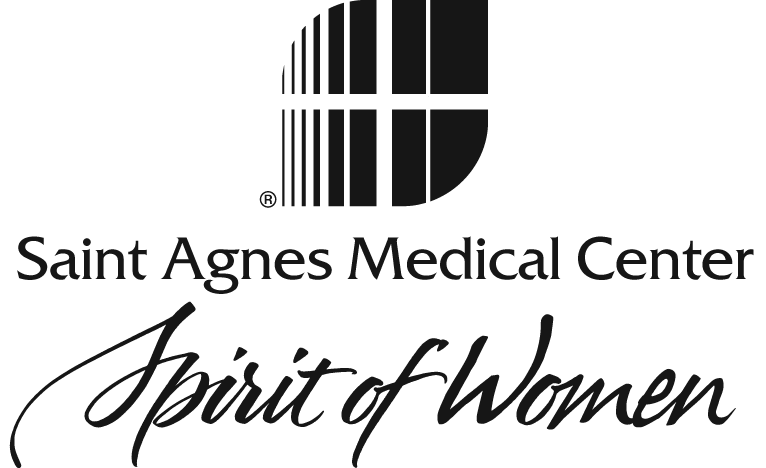On the Move: Don't Let Joint Pain Slow You Down
Are you hobbling from one activity to another? Limiting your movements to prevent pain? Taking too many over-the-counter pain relievers? Your body is telling you it needs help. Listen to it. Ignoring your symptoms is not going to make them go away.
If you have joint or muscle problems, you are not alone. Musculoskeletal problems interfere in daily activities and can cause extreme pain and distress.
Osteoarthritis
Although there are many joint and muscle disorders, osteoarthritis is the most common, affecting nearly 27 million Americans. When you have osteoarthritis, the cartilage in your joint, which allows the bones to slide smoothly over each other, wears away. Eventually, bone rubs against bone, causing pain, stiffness, and inflammation. Although osteoarthritis generally occurs in older adults, it is not an inevitable part of aging.
Osteoarthritis and other joint and muscle problems share many of the same symptoms.
- Pain in the muscles, joints, ligaments, or tendons (can be deep, penetrating, or dull)
- Swelling, warmth, or redness in a joint
- Recurring or constant pain or tenderness
- Joint stiffness
- Difficulty using or moving a joint, especially after movement or activity
- Crunchy feeling or sound of bone on bone
- Fatigue
- Sleep disturbances
- Twitching muscles
- Numbness, pain or tingling that radiates into the arms or legs
Action Item: Maintain a healthy weight and find activities you enjoy that keep you moving. If you suffer from an injury or experience symptoms of a musculoskeletal problem, see your primary care physician promptly.
Preventing musculoskeletal problems
Exercise. Exercise is one of the most important things you can do to keep joints healthy and is actually the best treatment for osteoarthritis. Building up the muscles around your joints lessens stress on the joints, preserves joint flexibility and helps you maintain balance, which can keep you from falling and injuring yourself. Furthermore, exercise promotes strong bones and offsets age-related bone loss. Do everything you can to prevent injury by using proper technique when engaging in sports and wearing protective gear when appropriate. Cartilage does not heal well, and so an injured joint is nearly seven times more likely to develop osteoarthritis, according to the Arthritis Foundation.
Lose weight. Weight is one of the biggest risk factors for osteoarthritis and joint problems. Every extra pound of bodyweight adds nearly four pounds of additional pressure on your knees and significantly increases the pressure on your hips. Furthermore, fat tissue promotes inflammation, a key symptom of osteoarthritis. Losing even a few pounds can dramatically reduce knee pain. And, if you need joint surgery, losing weight beforehand can lower your risk of complications during and after surgery.
Eat a healthy diet. Eating well helps you maintain a joint-friendly weight and promotes strong bones and muscles. The Mediterranean diet is a good choice for joint (and overall) health. The Mediterranean diet emphasizes fish, fresh fruits and vegetables, nuts, beans, seeds, and olive oil and is loaded with omega-3 fatty acids and antioxidants, which are essential for joint health.
Seek medical treatment when needed. Trying to tough it out when you have joint or muscle symptoms is not a good strategy and can lead to irreversible damage or delay in diagnosing a potentially serious condition, such as rheumatoid arthritis. See your primary care physician promptly if you are injured or experience any of the symptoms listed above.
Treatment for minor musculoskeletal problems
You can treat most minor muscle and joint aches and pain at home with rest, massage and stretching. Tylenol or non-steroidal anti-inflammatory drugs such as ibuprofen may help with swelling and pain. These over-the-counter medicines can cause side effects with prolonged use and may even lead to bone loss, so see your primary care provider if your symptoms persist more than a few days. Depending on the severity of your symptoms, your doctor may recommend a walking aid, prescription medications (such as steroids), or physical therapy (PT). PT helps you strengthen your muscles and teaches you how to move safely.
Joint replacement surgery
Joint replacements are often a good option for patients who are in constant pain and severely limited in their ability to participate in daily activities. During joint replacement surgery, an orthopedic surgeon removes all or part of the damaged joint and replaces it with a metal or plastic joint (called a prosthesis).
Joint replacement surgeries are common. More than one million Americans have a hip or knee replaced every year. You will begin physical therapy immediately following surgery (sometimes even the same day!) to strengthen the muscles around your new joint and to ensure you quickly regain mobility.
Studies suggest that patients who replace joints before the deterioration becomes advanced tend to recover more easily and have better outcomes. On the other hand, a prosthesis only last 10 to 15 years. This means you may need to undergo a second surgery when you are older and are more at risk for complications. Your orthopedic doctor can help you weigh the benefits and risks of joint replacement surgery.
